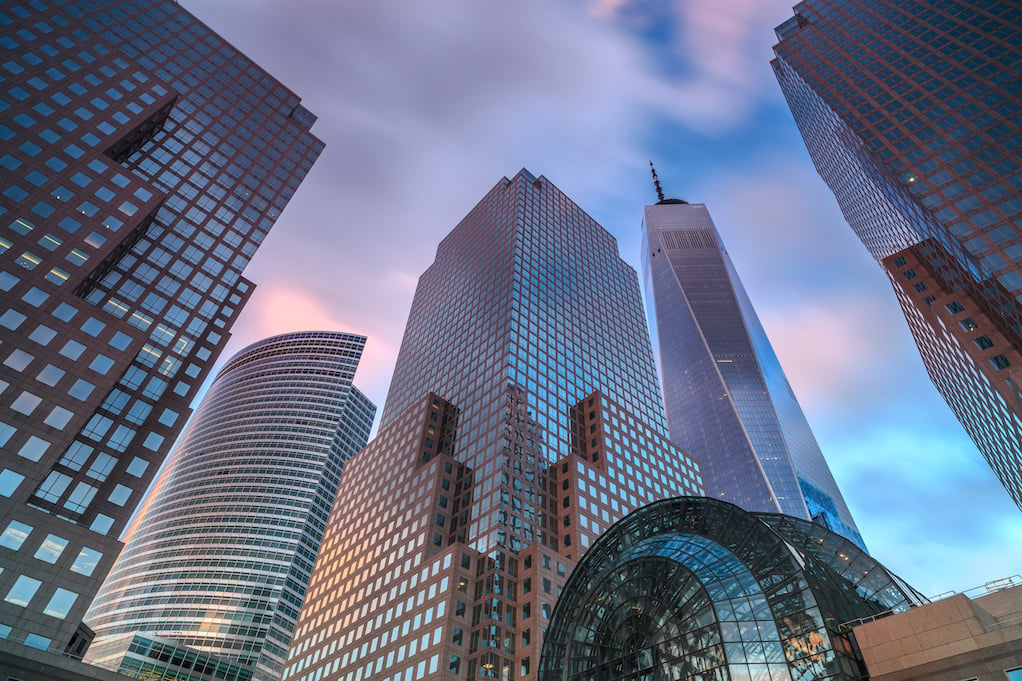The office property sector has been hammered by a triple threat: post-pandemic shifts in work habits, a crumbling economy, and rampant urban decay.
At the forefront of this crisis is the expansion of crime in major urban centers, which has crippled the appeal of many office locations. So to prepare yourself as a tenant in this environment, you'll learn in this article:
- How rising crime rates link to property defaults
- Why external amenities are a huge pull for location and employee retention
- How corporate tenants can navigate this leasing environment with precision
Rising crime rates not only deter employees from returning to these areas but also drive businesses to reconsider their long-term lease commitments, accelerating office vacancies and worsening the downward spiral of demand.
Crime, when combined with plummeting occupancy rates and an already shrinking need for office space, has created a financial disaster zone for landlords—many of whom are now facing the very real prospect of default as they struggle to keep properties solvent.
This environment is characteristic of an all out post-pandemic Office Apocalypse. Tenants can shortcut their way to success by receiving access to the ultimate blueprint for navigating this crisis,
Surviving the Office Apocalypse. Download your copy today.
Crime Rates and Office Property Defaults
A growing body of research points to an inextricable link between surging crime rates and the rapidly increasing number of vacant office properties, pushing many buildings toward inevitable default.
As crime spirals out of control in many urban areas, businesses are not just hesitant—they’re actively fleeing, unwilling to expose employees to dangerous environments. Read: Which Three Businesses Left Chicago.
Safety concerns have become a major roadblock in efforts to bring workers back to the office, especially in cities where public safety has witnessed declines.
Rather obviously, the higher the crime rate, the less appealing office space becomes. This leaves office landlords in a losing battle to fill empty floors and salvage any semblance of profitability.
According to a study by the National Bureau of Economic Research, cities like San Francisco, New York, and Chicago have seen increased office vacancies in areas where crime rates have risen post-pandemic. As these cities grapple with both crime and declining demand for traditional office space, landlords face heightened risks of loan defaults, particularly in highly leveraged properties.

In Chicago, for example, the office vacancy rate reached a staggering 22.4% in the second quarter of 2024, one of the highest in the nation. The city's crime rate, which has increased significantly over the past few years, has been cited by major corporations as a deterrent for returning employees to in-office work. As the crime rate grows, so does the flight of businesses and the likelihood of office buildings falling into default.
External Amenities and Quality of Life
For cities aiming to reverse this trend and encourage a return to the office, focusing on the quality of life and surrounding amenities has become crucial. Office properties located in areas with vibrant retail, entertainment, and dining options, as well as proximity to green spaces and cultural venues, have a higher chance of maintaining occupancy rates, even amid economic downturns.
On the other end, office spaces located in mixed-use environments—where external amenities such as gyms, coffee shops, and outdoor spaces are readily available—have seen greater resilience in the face of shifting work patterns. These spaces attract businesses looking to offer employees more than just a desk, but a dynamic work environment that enhances work-life balance.

In contrast, office buildings situated in crime-ridden areas with limited access to external amenities are at a higher risk of vacancy and, consequently, default. Read: Which Cities Have the Most Concentrated Default Risk.
Businesses want environments where employees feel safe and have access to quality amenities. Without these, landlords may find it nearly impossible to attract or retain tenants, particularly as many companies adopt hybrid work models, reducing their office footprint.
The Role of Quality of Life in the Return-to-Office Movement
In the wake of the work-from-home movement, quality of life is one of the most critical factors influencing whether employees are willing to return to the office.
It’s a no-brainer that companies are more likely to renew or sign leases in areas where workers feel safe and have access to urban amenities. External factors such as crime rates, public transportation quality, and the availability of recreational spaces directly influence the decision-making of companies and their employees. Look at Manhattan’s most expensive office space at 1 Vanderbilt. Part of the price is linked to its convenience for commuters, being located above Grand Central terminal.
A study by Gensler also revealed that 82% of employees said they would be more likely to return to the office if the environment offered more social and external amenities. In this context, quality of life is about more than just what is inside the office—it's about the broader urban ecosystem.

Managing the Risk of Default: The Importance of Urban Investment
To reduce the risk of office defaults, city governments, property owners, and businesses need to prioritize investing in public safety and urban development.
This involves tackling crime at its root while also creating more livable, vibrant urban environments.
Cities that have made strides in reducing crime and investing in external amenities are seeing positive results. For instance, Miami's urban revitalization efforts, including investment in arts districts and pedestrian-friendly streetscapes, have led to a post-pandemic boom in office demand, while other cities are struggling to maintain tenants. This kind of strategic investment can help prevent the risk of office property defaults.
Takeaways for Tenants
For office tenants, the call for urban investment and crime reduction directly impacts their property search and decision-making. Here’s what this means:
- Location Matters More Than Ever: Tenants should prioritize office spaces in areas where cities and property owners are actively investing in public safety and urban development. With rising crime rates directly affecting office property values and default risks, choosing a location in a revitalized, safe, and vibrant area becomes critical for long-term stability.
- Quality of Life and External Amenities Are Key: Tenants need to consider more than just the building—they should evaluate the surrounding environment. Proximity to amenities like dining, entertainment, and green spaces, as well as the general livability of the neighborhood, can impact employee retention, satisfaction, and safety. Tenants who lease in areas that are actively improving their quality of life will likely experience greater stability and value.
- Risk Mitigation for Tenants: With crime driving vacancies and increasing the likelihood of property defaults, tenants need to perform due diligence on the financial health of both the building and the surrounding community. Areas seeing positive investments in infrastructure and safety are more likely to remain viable over the lease term, reducing the risk of sudden property management changes or defaults.
- Tenant Leverage: In cities where crime rates remain high and investment is slow, tenants might find greater negotiating power. Landlords may offer more favorable lease terms to fill vacant space, but tenants should weigh these short-term benefits against the long-term risk of staying in areas where crime remains higher.
Navigating High Crime as an Office Tenant
The relationship between rising crime rates and office property defaults is now undeniable. As safety concerns grow, tenants are becoming increasingly reluctant to lease office space, driving up vacancies and putting immense pressure on landlords. However, the surrounding area's quality of life and available amenities remain critical in shaping office demand. For cities aiming to stave off defaults, investing in public safety and cultivating vibrant, amenity-rich environments will be key to revitalizing the office market.
Prepare your business to navigate these turbulent times—download Surviving the Office Apocalypse to learn how to secure the best office deals, safeguard your lease, and thrive in a post-pandemic market. Don't get caught off guard; get the insights you need today!








